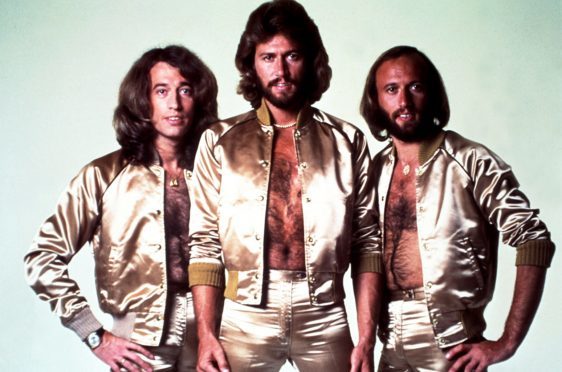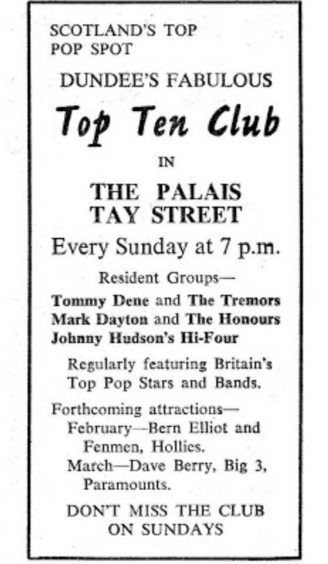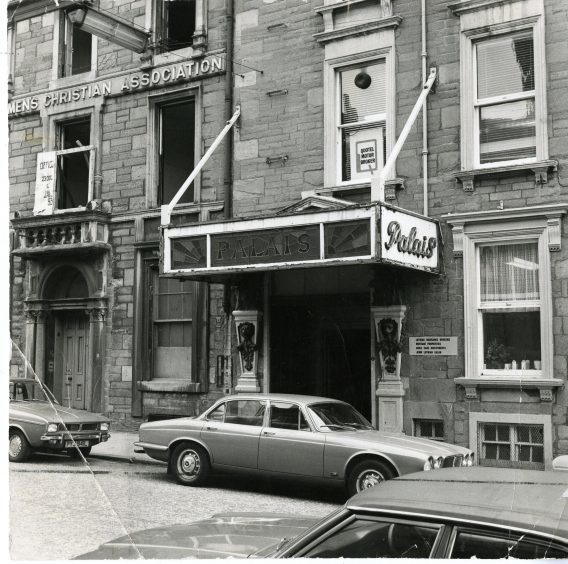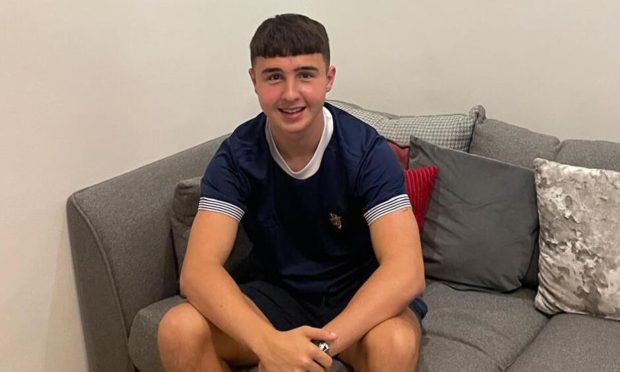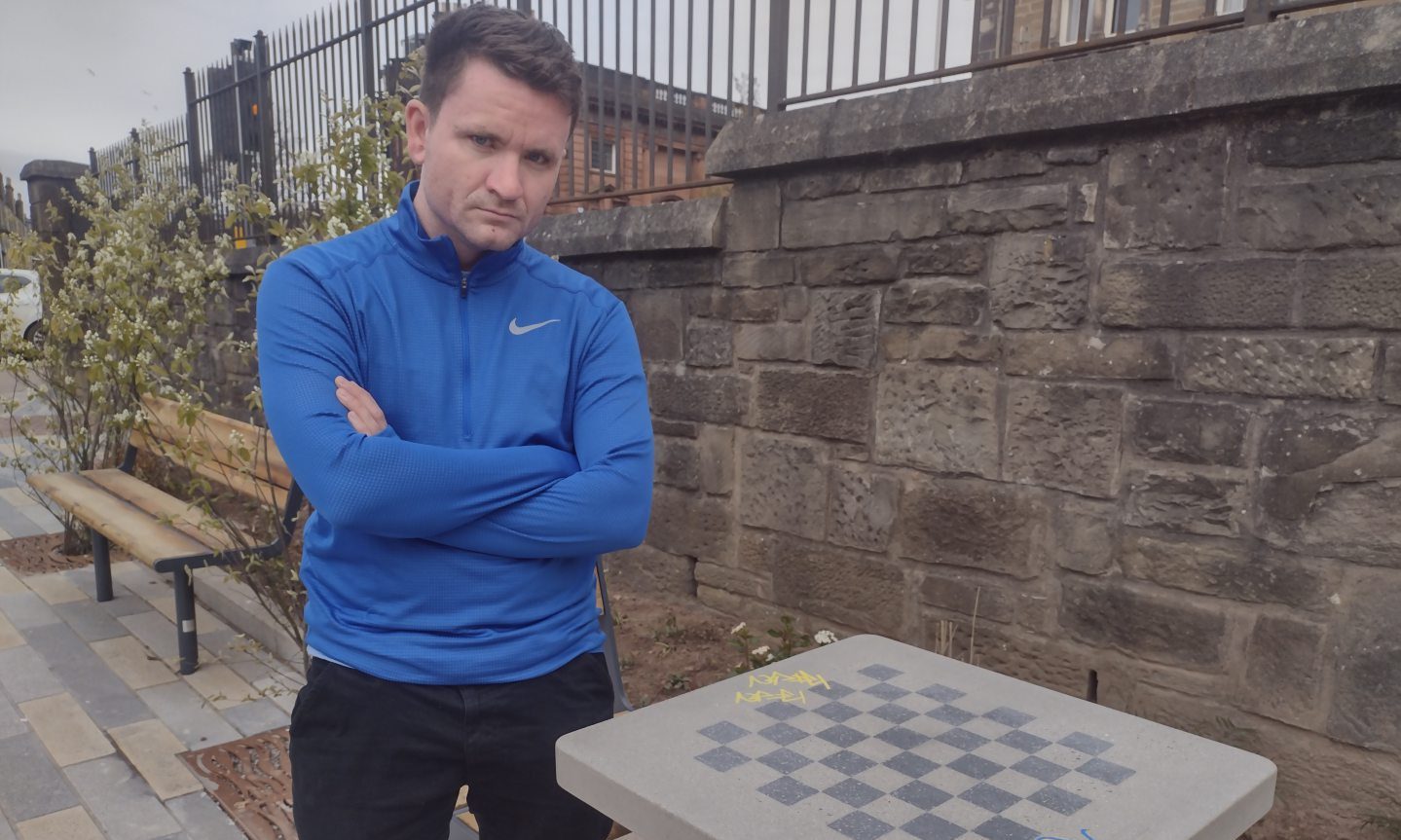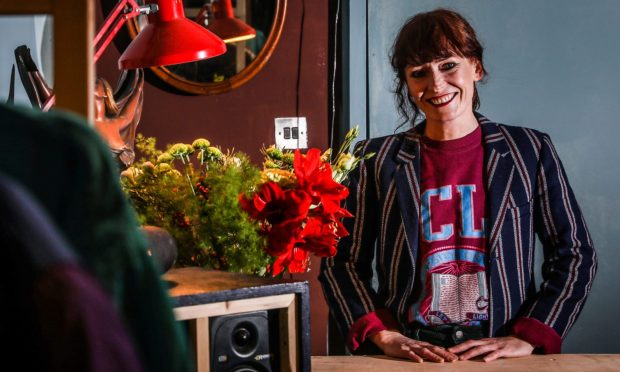It was the club known as “Dundee’s top pop spot” which regularly brought the UK’s top pop stars and bands to the city.
The first show at the Top Ten Club took place 55 years ago on October 14 1962 with guest stars on the opening night Emile Ford and the Checkmates, Robby Hood and his Merrie Men, Johnny Washington, Johnny Hudson and the Hi-Four, and Clint and the Tornadoes.
Andy Lothian and Freddie Saunders started the club which ran once a week from the Palais Ballroom in Tay Street and it soon garnered a reputation as the place to see top chart stars including David Bowie, the Kinks and the Bee Gees who eventually played there in 1967 – with entry just five shillings.
The Bee Gees played songs such as Massachusetts and To Love Somebody and it was also the gig that played a part in the early romance between Maurice Gibb and Lulu.
Gibb invited Lulu’s brother Billy to the Dundee show during their early courtship and he was “bowled over” as he hung out backstage with the brothers.
Gibb told his friends that night that “whatever happened” he was going to marry Lulu.
That marriage did eventually happen but something that failed to materialise was an appearance by Tom Jones at the Top Ten – despite being offered to the club for just £10.
Former Dundee radio DJ Pat Kelly said: “The Bee Gees played in 1967 and The Hollies were also regulars while many others performed there including The Overlanders and Mike Sarne who reached the top spot in 1962 with Come Outside.
“However, one huge star who almost made it to the Top Ten Club was Tom Jones.
“He was offered to promoters Andy and Freddie for £10 but they decided to place him at another venue in Scotland that they were also running so he never appeared at The Palais.”
The Bee Gees had just returned to Britain in 1967 after emigrating to Australia and they walked into a recording deal with the Beatles’ publishing company.
After the release of their debut single, The New York Mining Disaster, they were trumpeted as “the most significant talent of 1967”.
Also regulars at the Top 10 Club at that time were David and Jonathan who had a similar connection with the Fab Four.
Produced by George Martin from The Beatles, David and Jonathan had hits with a Lennon/McCartney composition Michelle and Lovers of the World Unite which was a massive hit all across Europe and reached number 7 in the charts in the UK.
The Poor Souls were other regulars at the venue and another incredibly popular band who appeared on a regular basis was The Honours whose lead guitarist Jim Kelly was born in Dundee and grew up in the city.
Mr Kelly said: “As the saying goes ‘nothing lasts forever’ and neither did the Top Ten Club or The Palais.”
Although the Palais continued for many years, the Top Ten Club finished just before the start of the 1970s – ironically the era where the Bee Gees would go on to stamp their mark in music history forever and become disco kings.
